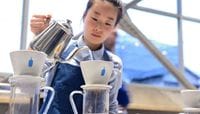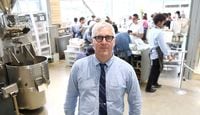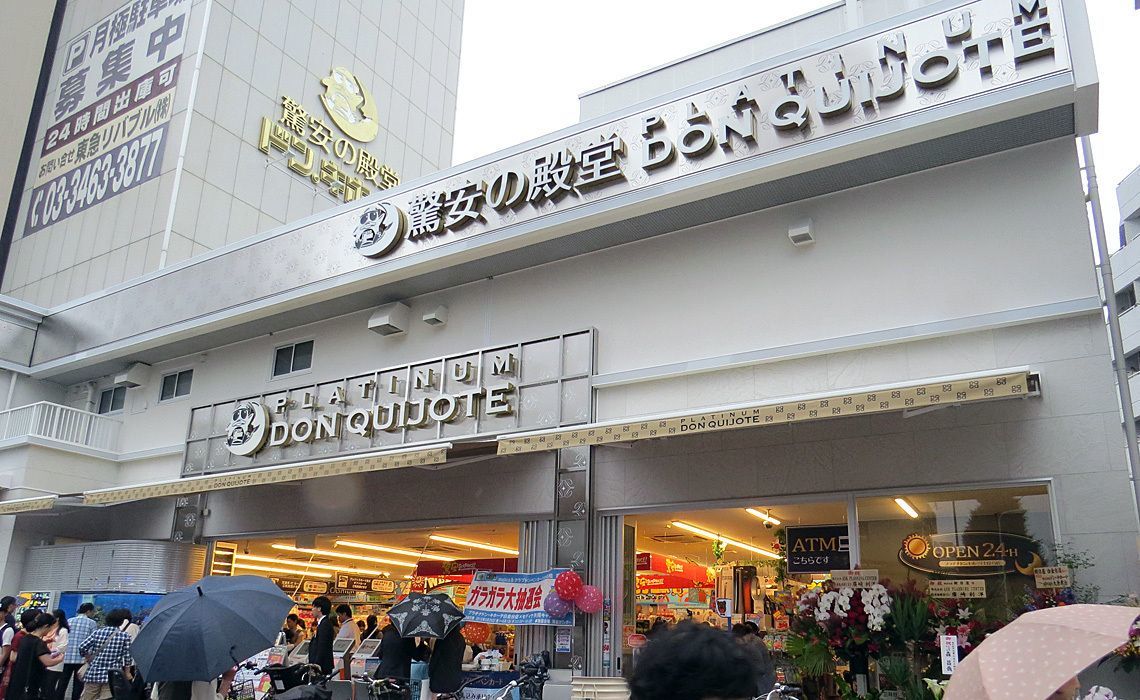
Shirokanedai is known as one of the most exclusive residential areas in Tokyo. At the intersection of Meguro Street and “Platinum Street,” there is a newly built, white commercial building.
There, a Japanese retail chain known for selling basically everything from Louis Vuitton to toilet paper, Don Quijote (or "Doki" as Japanese people calls it) launched its very first higher-end “Platinum Don Quijote Shirokanedai” store at the end of May.
In line with its location name, the design for both the exterior and interior uses gold and white as its base colors in order to maintain the consistency of the atmosphere. Different from other Don Quijote stores, Platinum Don Quijote sells products with a higher price and quality, for instance, the Matsusaka beef from the butcher’s shop Asahiya of the Mie Prefecture.
Perhaps because it is near the downtown station and has a very limited space of less than 1000 m2, more than 90% of the products have high levels of purchasing frequency, such as food and daily necessities. The objective of the store is to meet the local demand. On top of its advantageous location, it will be open for 24 hours daily.
Attracting famillies and tourists
Though Don Quijote has been broadening business by opening many large-size stores along the roadside, in order to further expand the business coverage, building new commercial buildings has been taken into serious consideration.
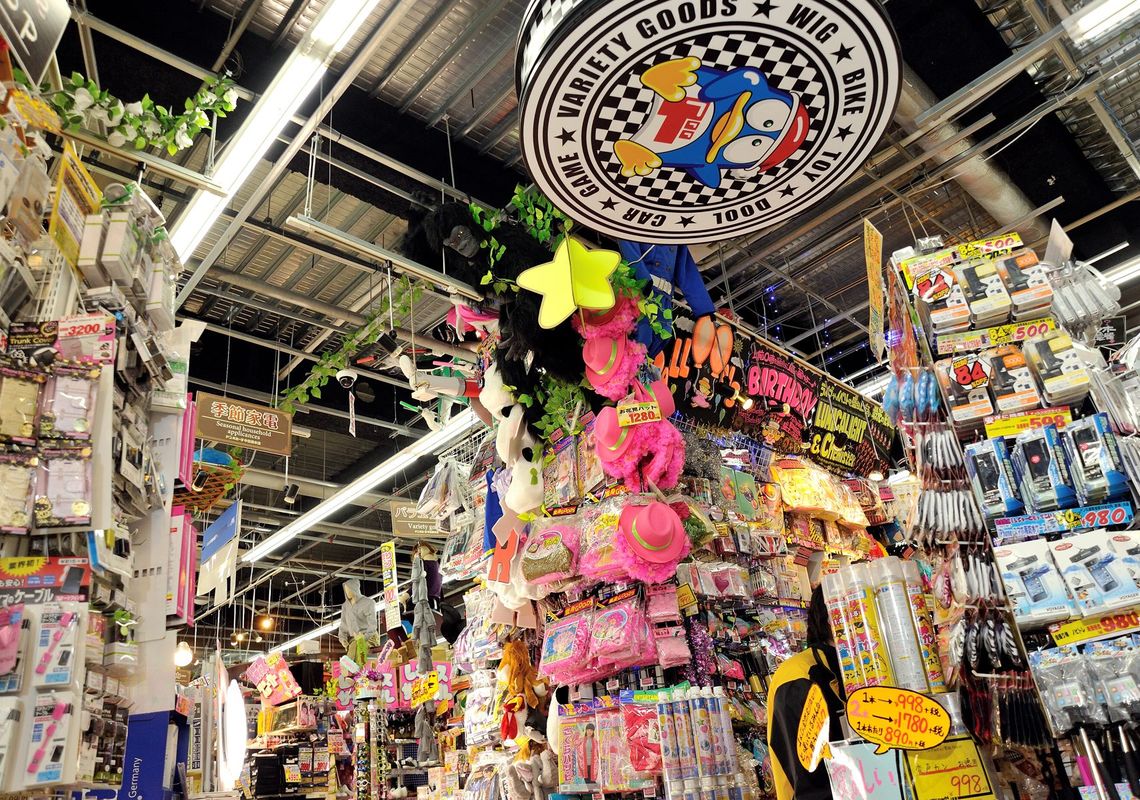
Currently, the performance of Don Quijote is at its best. According to the parent company Don Quijote Holdings, the financial report for the third quarter ending in March 31 stated that sales totaled 509.9 billion yen, 10.4% higher than that of the same period last year, and the operating profits totaled 33.6 billion yen, having increased by 16.4%.
Also, the number of customers and the average spending per customer increased in comparison to the same period last year. Don Quijote was used to be a chian for singles, but the consumption by families and tourists has also increased significantly. For the past nine months, the existing stores’ sales increased by 3.3% in total.
There are two main reasons for such an improvement: Firstly, the number of customers has increased by 1.6%, and secondly, the average spending per customer has increased by 1.7% The company has managed to gather a loyal base of customers who shop for daily necessities and obtain a wide range of customers.
After the increase of consumption tax in 2014, the elaborate “Don Quijote Marketing” strategy was implemented. "There are three keys to success in fighting against the increase of consumption tax," said Mr. Mitsuo Takahashi, a senior managing director of the company.
According to Mr. Takahashi, during the first phase (April to June 2014), by providing more products that have higher affordability, Don Quijote successfully increased the number of customers. In order to obtain more market shares from the competitors, though at the expense of some of the profits, its top priority was to increase the number of customers and purchased items.
During the second phase (June to September 2014), the goal was not simply to change customers who visited into Don Quijote “fans,” nor was it simply to widen the varieties of commodities and lower the price, but rather it was to establish customer awareness of “slightly better products” and thus foster higher average consumption per consumer.
Lastly, during the third phase (after October 2014), Don Quijote started to provide more non-food products with higher added value, and through this, it aimed to largely increase the gross margin. So far, the strategy has functioned smoothly as according to plan.
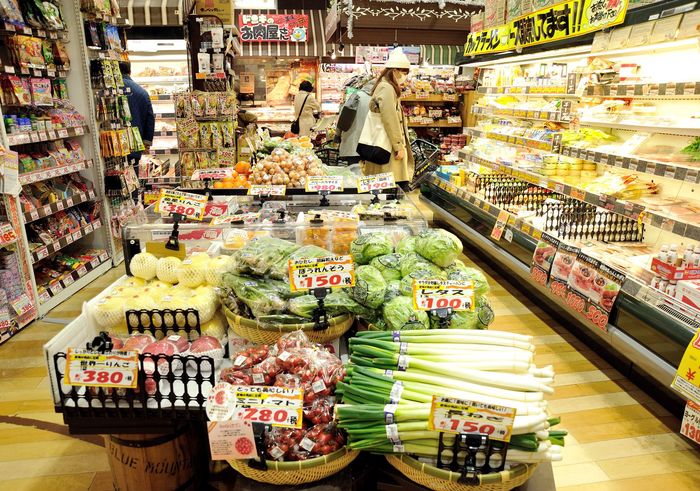
Although Don Quijote sells a large variety of items, food still accounts for around 30% of the sales distribution ratio.
For the past nine months, the sales for food account for 153.7 billion yen, approximately 14.3% higher than last year during the same period.
The sales for processed food, fresh food and delicatessen also have shown a high performance. Although the gross margin for food is much lower than other products, it is expected that the purchasing frequency will increase because of the provision of commodities in the same store.
Above all, the strength of Don Quijote is its adaptability to foreign visitors’ demands.
Foreigners generally tend to go shopping after dinner. In that respect, Don Quijote has become a popular spot due to its late business hours, as it is open until midnight, and its location in downtown areas.
In fact, research has shown that the ratio of customers during the period between 9 p.m. to 11 p.m. is especially high. Popular items among foreigners include cosmetics, pharmaceutical products, baby products and luxurious watches.
Retirement of the maverick
The ratio of the composition of duty-free sales for the Dotonbori store (Osaka) is 35%; for the Kokusai Street store (Okinawa), 31%; for the Ginza store (Tokyo), 27% and finally, for the Shinjuku Higashi store, 25%. In all cases, the ratio of foreign consumers is relatively higher.
Even in the retail industry, Don Quijote took the first opportunity of inbound measures by setting up free Wi-Fi and allowing the Union Pay payment method. The brand has also started trials of receiving foreign currency payments, accepting seven different currencies at the checkout counter.
Earlier this year, it opened an office in Beijing, China, aiming to further increase the amount of consumers by contacting local travel agencies.
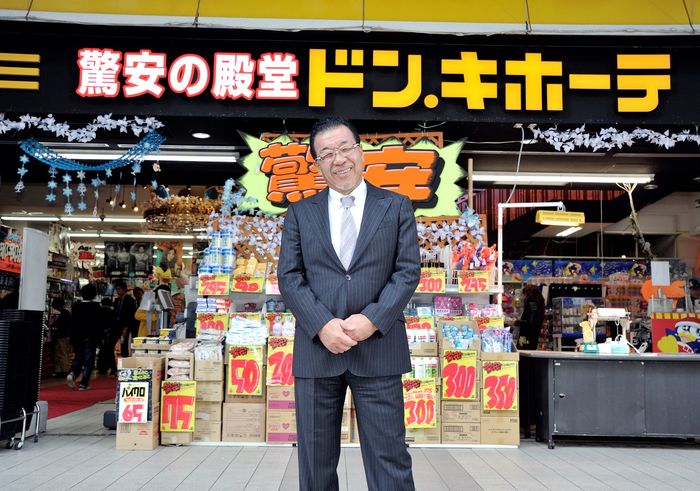
Meanwhile, the founder and CEO, Mr. Takao Yasuda, who led Don Quijote to its initial success in the domestic industry, will retire at the end of June.
Unlike leading firms that own chain stores, in 1987, Takao opened Dorobo Market, which sells products such as clearance goods and seized property. He is indeed a “maverick” who possesses a unique way of doing business in the Japanese retail industry.
Without the founder, how will Don Quijote continue to grow and develop? Shirokanedai will serve as the brand’s touchstone.


